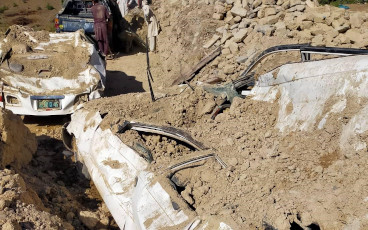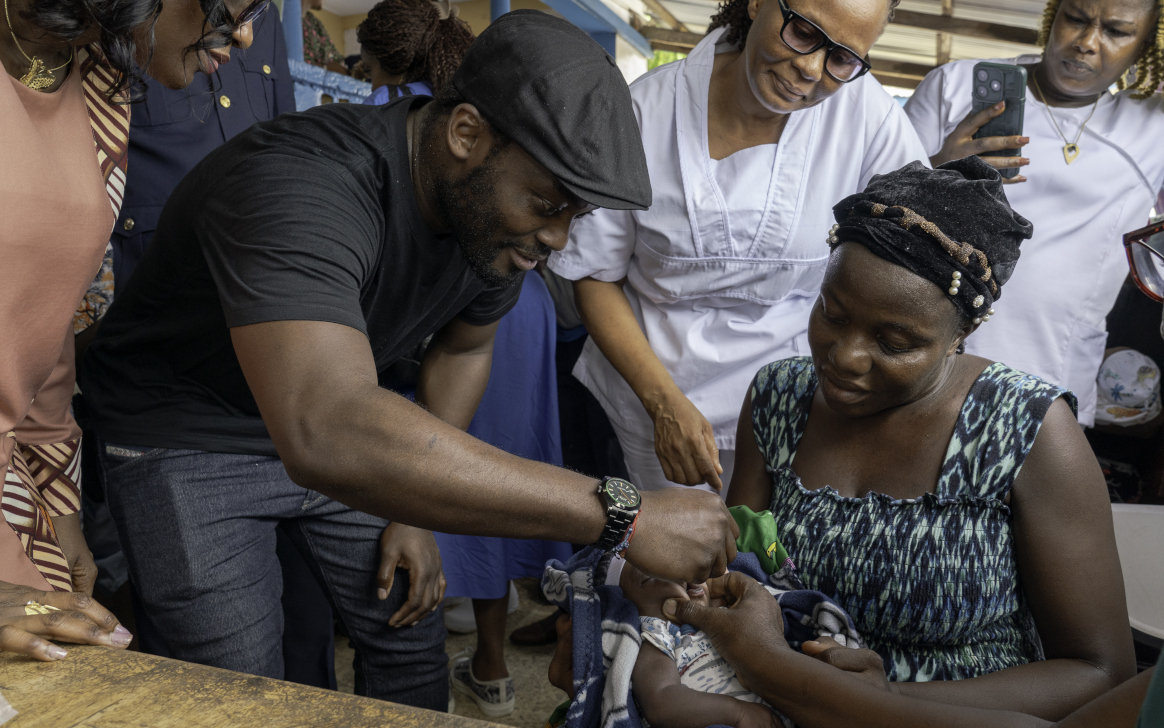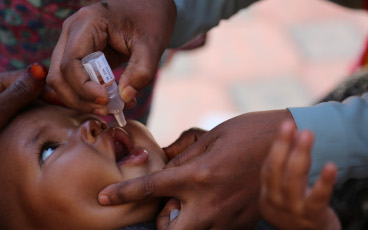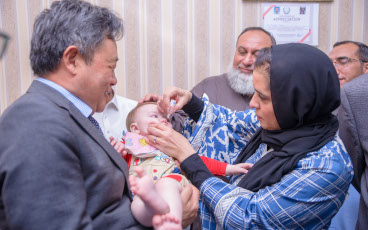Reaching the Hard-to-Reach: Finding polio wherever it is hiding
The polio surveillance system is finding the virus in the most challenging areas so that children can be protected and polio stopped for good.
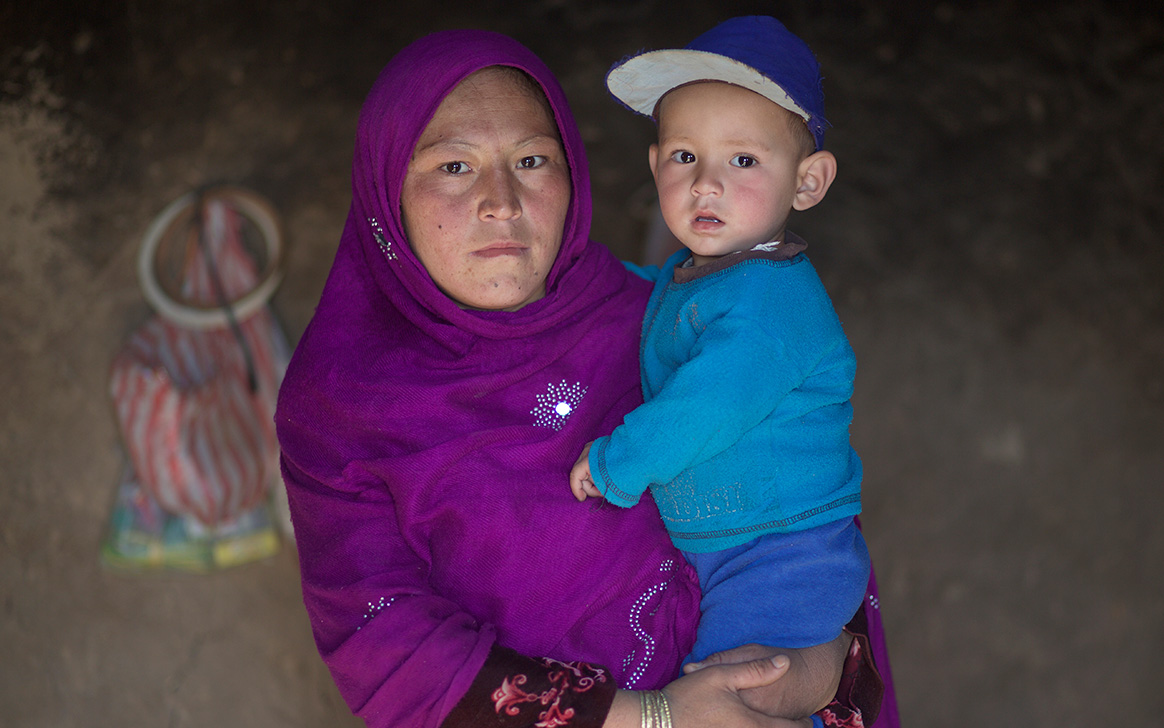
The poliovirus remains in just a few small pockets around the world. However, these final hiding places are some of the most challenging settings on earth in which to eradicate a disease. Finding and stopping a virus whose special power is staying hidden is no mean feat, especially in remote or inaccessible places.
Disease detectives around the world are working tirelessly to find every last virus in these hard to reach places. Some areas are vast and sparsely populated, such as the broad plains and river beds making up areas of the Lake Chad region. Others are densely packed residential areas of Afghanistan, where security issues can sometimes make immunization difficult. In areas of Syria, civil war continues to rage through towns, communities, and families. Yet these challenges are not enough to stop the surveillance system.
Community-based surveillance
In such difficult environments, the polio surveillance system must overcome numerous challenges to ensure that the poliovirus is tracked. Experts look for the virus in children with symptoms of acute flaccid paralysis and also in water samples from sewage systems in high risk areas.
For Dr Arshad Quddus, Coordinator for the detection and interruption of poliovirus at WHO headquarters, the key to overcoming the challenges facing polio surveillance is tapping into communities. Illustrating his point, he draws a circle on a piece of paper, placing a dot in the middle. In Afghanistan, he explains, that dot represents a surveillance focal point, based at a District Health Centre or hospital. The circle extending from them is their information network – a collection of mullahs, healers, health-care providers, teachers, parents and other surveillance recruits – who have been trained to spot cases of acute flaccid paralysis in their community that could turn out to be polio.
Each volunteer is given a book in which to write down the information they find, and a phone number to call. If they come across a case in their local community, they must ring their focal point, setting in action a series of events that will allow the child to be examined, stool samples to be taken from them to be tested in the laboratory for polio and their close contacts tested.
Overcoming challenges
The system may seem simple, but insecurity, weather and challenging landscapes can be obstacles. In Afghanistan, the programme has developed creative ways to ensure that nothing stands in the way of the surveillance system being able to work as it needs to. In most cases, following the reporting of a case of acute flaccid paralysis, health workers will visit the child’s home to inspect them, and collect stool samples from the child to send for lab testing for the poliovirus. However, if the area is inaccessible, the child and their caregivers are transported to the nearest hospital in a safe area for inspection.
For Dr Quddus, the success of this system in Afghanistan is clear: “We have regular reports of where the poliovirus is circulating in difficult and hard-to-reach communities and this shows us we are being successful, despite tremendous challenges.”
Surveillance in conflict zones
These diverse methods also strengthen surveillance in countries where the security situation is rapidly changing. In Syria, the health-care system has been weakened due to conflict, with many of those at the heart of the polio surveillance system displaced. By building new networks in camps for internally displaced families where communities are created by proximity, and recruiting surveillance volunteers at the key points of entry and exit into the worst of the conflict zones, the polio surveillance system ensured that an outbreak of circulating vaccine-derived poliovirus in 2017 was rapidly identified and an outbreak response launched. The programme also thought outside of the box in Borno, Nigeria, by training medical corps being deployed to reach conflict-affected populations to spot signs of the virus.
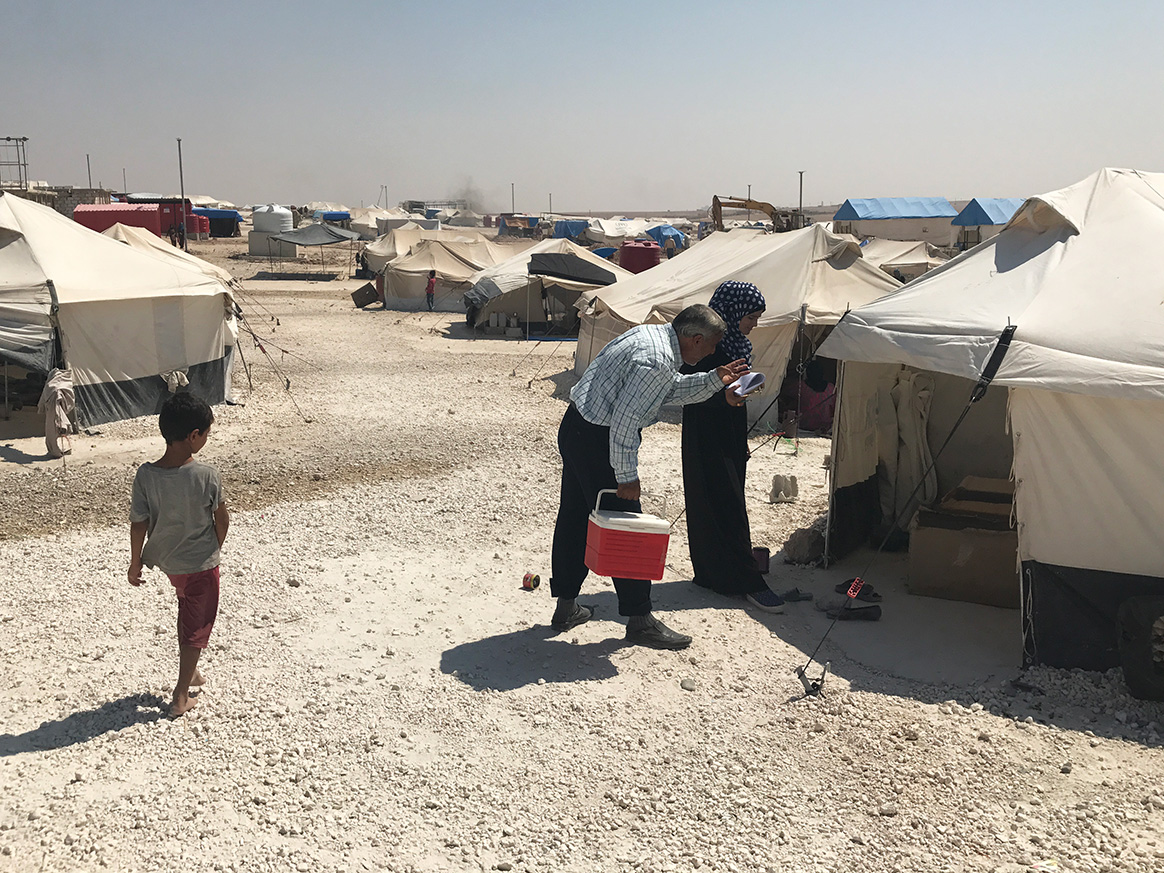
The polio surveillance system is strengthened by a mixture of community, adaptability, and fierce commitment to finding every last trace of virus. These are the lessons learned that help find the virus everywhere, from urban districts of Afghanistan, to hard-to-reach areas of Nigeria. For Dr Quddus, “It is the individuals on the ground willing to give their all that will enable us to achieve eradication. The surveillance system is the eyes and ears of polio eradication, showing us where to focus our best efforts to vaccinate every last child.”
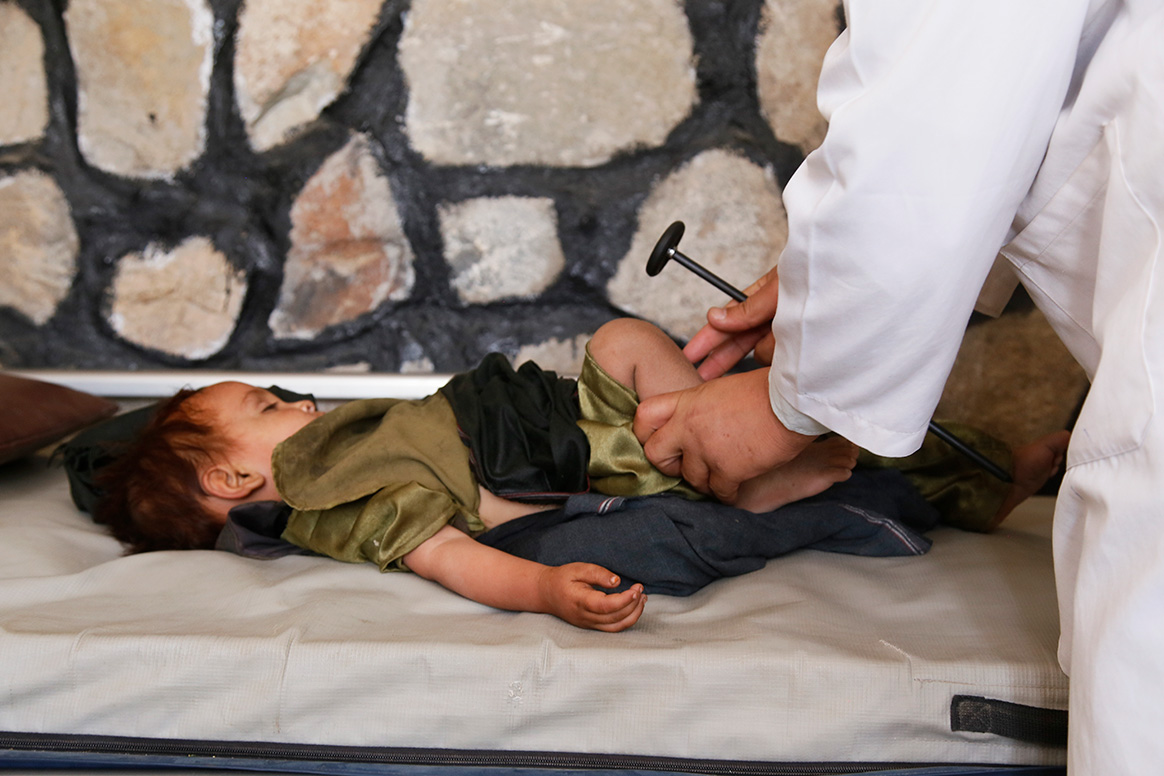
Read more in the Reaching the Hard-to-Reach series




